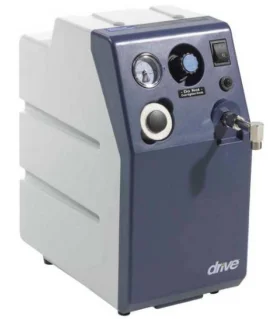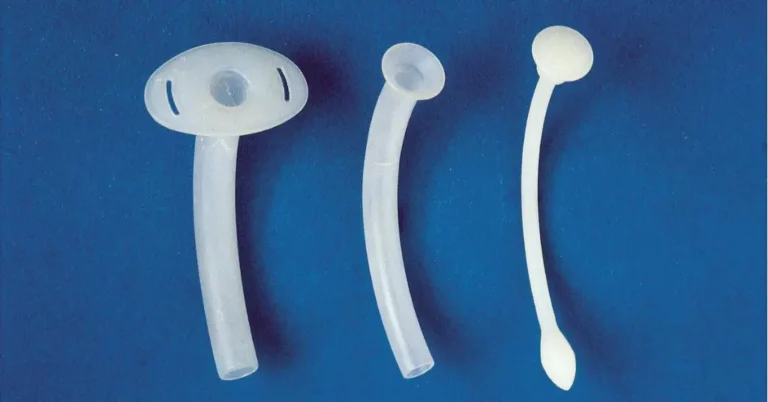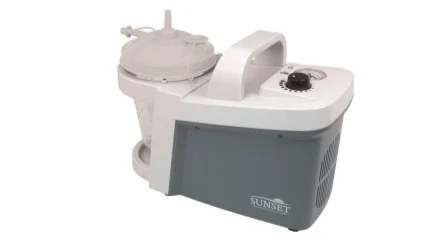Best Practices For Safe Tracheostomy Care at Home & What Supplies Insurance Covers
Key Takeaways
- Understand Insurance Coverage: Medicare and most insurance plans cover medically necessary tracheostomy supplies and equipment as part of the DME (Durable Medical Equipment) benefit.
- Essential Supplies Covered: Your coverage typically includes items like tracheostomy tubes, ties, suction catheters, care kits, and humidification systems.
- Preparation is Crucial: Before you begin, gather all necessary sterile supplies and create a clean, well-lit, and distraction-free environment.
- Hand Hygiene is Essential: Always wash your hands thoroughly before and after care to prevent the spread of infection.
- Seek Professional Guidance: Regularly consult with the patient’s healthcare provider for personalized advice and up-to-date care protocols
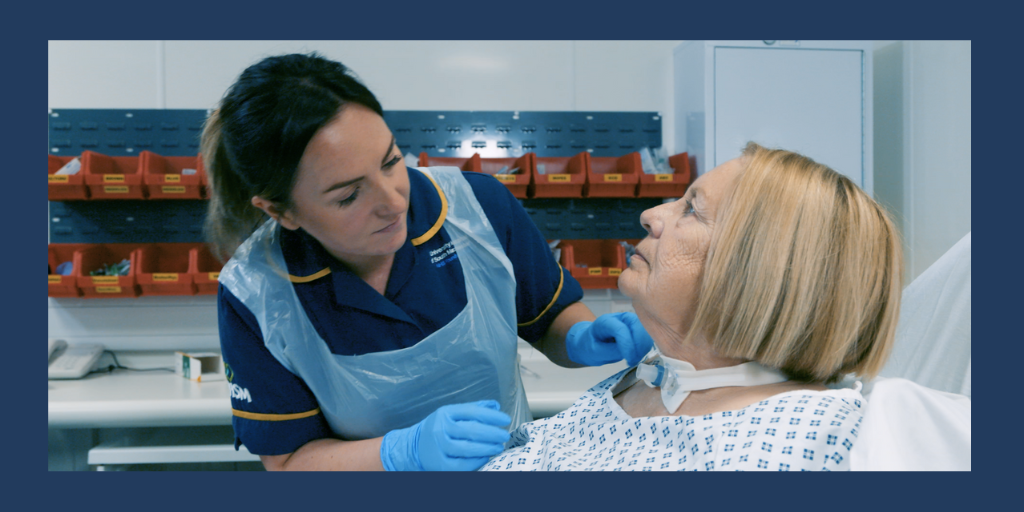
Caring for a loved one with a tracheostomy tube requires a careful approach to ensure their well-being and prevent complications. From maintaining a clean environment to performing routine cleaning, every step is vital for a safe and successful recovery.
A key part of this is having the right equipment and supplies. At UniversalMed Supply, we understand how important it is to have the right tracheostomy supplies at the right time. This guide will first explain the essential supplies insurance typically covers, and then walk you through the steps for performing safe and effective care.
If you need help getting tracheostomy supplies covered by your insurance reach out to us
Essential Tracheostomy Supplies & How Insurance Helps
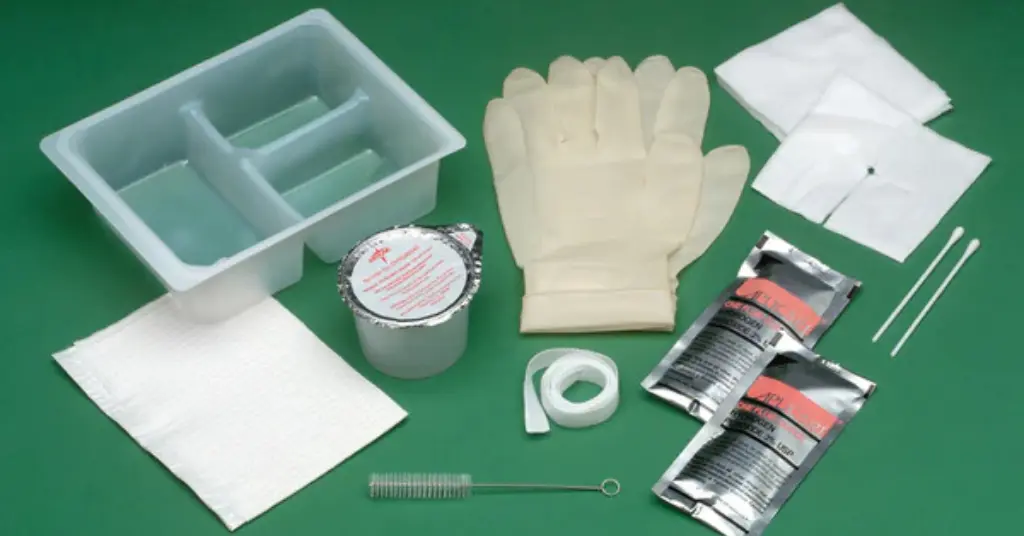
Having the right supplies is critical for safe tracheostomy care, and most health insurance plans, including Medicare, help cover the cost. UniversalMed Supply is dedicated to helping patients navigate these complexities by working with insurance providers to collect necessary documentation for coverage and regular monthly resupplies. We work with healthcare providers and collect the documentation insurance requires in order to cover these items.
Tracheostomy Care Kits & Supplies
Insurance coverage is typically provided for a wide range of disposable items needed for routine care. These often include:
Tracheostomy Tubes: Insurance generally covers a new tube every three months. Both cuffed and uncuffed tubes are covered.
Trach Ties & Holders: These secure the tracheostomy tube in place, and insurance typically allows for 31 holders per month.
Trach Dressings: Dressings, sponges, and similar supplies are covered for the care of the tracheostomy site.
Suction Catheters: Used to remove secretions from the airway, these are often covered on a regular basis (e.g., three per day for tracheostomy suctioning).
Respiratory & Humidification Equipment
For patients with a tracheostomy, proper suctioning and humidification are critical. Insurance typically covers the cost of:
Suction Pumps: A portable or stationary home model suction pump is covered for patients who have difficulty clearing secretions.
Heat & Moisture Exchangers (HMEs): Also known as “artificial noses,” these are covered to help with warming and adding moisture to the air a patient inhales.
Your Guide to Safe & Effective Tracheostomy Care
1. Prepare Your Environment and Supplies
Before starting the procedure, it’s crucial to set up a clean and organized space. Choose a well-lit, ventilated area free from distractions. Gather all your necessary supplies, including sterile gloves, saline solution, sterile gauze, a clean towel, a waste disposal bag, and a spare tracheostomy tube if available. Having everything ready beforehand prevents contamination and ensures the procedure runs smoothly
2. Prioritize Personal Hygiene
Proper hand hygiene is the first and most critical step. Thoroughly wash your hands with soap and water for at least 20 seconds before beginning any care. Dry your hands with a clean towel or disposable paper towels. This simple practice prevents the transfer of harmful bacteria and reduces the risk of infection for both the patient and the caregiver.
3. Assess and Clean the Tracheostomy Site
Gently examine the tracheostomy site for any signs of redness, swelling, or discharge. If you notice any changes or abnormalities, contact the patient’s healthcare provider for guidance. To clean the site, use sterile saline solution and sterile gauze pads. Begin at the center of the site and move outward in a circular motion. Be gentle to avoid causing discomfort. Pat the area dry with a clean, dry towel. This practice helps prevent skin irritation and keeps the site clean and infection-free.
4. Inspect and Clean the Tracheostomy Tube
Regularly inspect the tracheostomy tube for any signs of blockage, buildup, or damage. If you notice secretions or debris, address it promptly to ensure proper airflow. If the patient has excessive secretions and is having difficulty clearing their airway, suctioning may be necessary. Use a clean and sterile suction catheter, following your healthcare provider’s recommendations for frequency and technique.
5. Prevent Cross-Contamination and Dispose of Waste Properly
To prevent cross-contamination, always use separate and dedicated supplies for each care session. Avoid touching unrelated surfaces or items while performing care. After completing the procedure, proper waste disposal is essential for maintaining a clean and safe environment. Dispose of all used materials, such as gloves, gauze, and suction catheters, in a sealed plastic bag designated for medical waste. This prevents the spread of germs and ensures a hygienic space.
6. Observe and Stay Prepared
After providing care, continue to monitor the patient for any signs of discomfort, difficulty breathing, or changes in their condition. Pay close attention to their breathing rate, skin color, and overall well-being. It is also vital to be prepared for potential emergencies, such as a dislodged tube or respiratory distress. Have an emergency plan in place, with contact numbers and essential medical supplies easily accessible.
7. Seek Professional Guidance
While this guide provides essential information, nothing can replace professional medical advice. Regularly consult the patient’s healthcare provider for guidance on specific care techniques, hygiene practices, and how to handle potential complications. They can offer personalized instructions tailored to the patient’s individual needs, ensuring you are following the most effective and up-to-date protocols.
Conclusion
With proper knowledge, practice, and attention to detail, you can confidently provide safe and effective tracheostomy care at home. By following the steps outlined in this guide and ensuring you have the right, insurance-covered supplies, you can contribute to a healthier and safer recovery journey for your loved one.
Disclaimer: This information is for educational purposes only and should not replace professional medical advice. Always talk to your doctor or healthcare provider for diagnosis and treatment of any medical condition. Insurance coverage depends on your policy, medical necessity rules, and your individual plan benefits.

